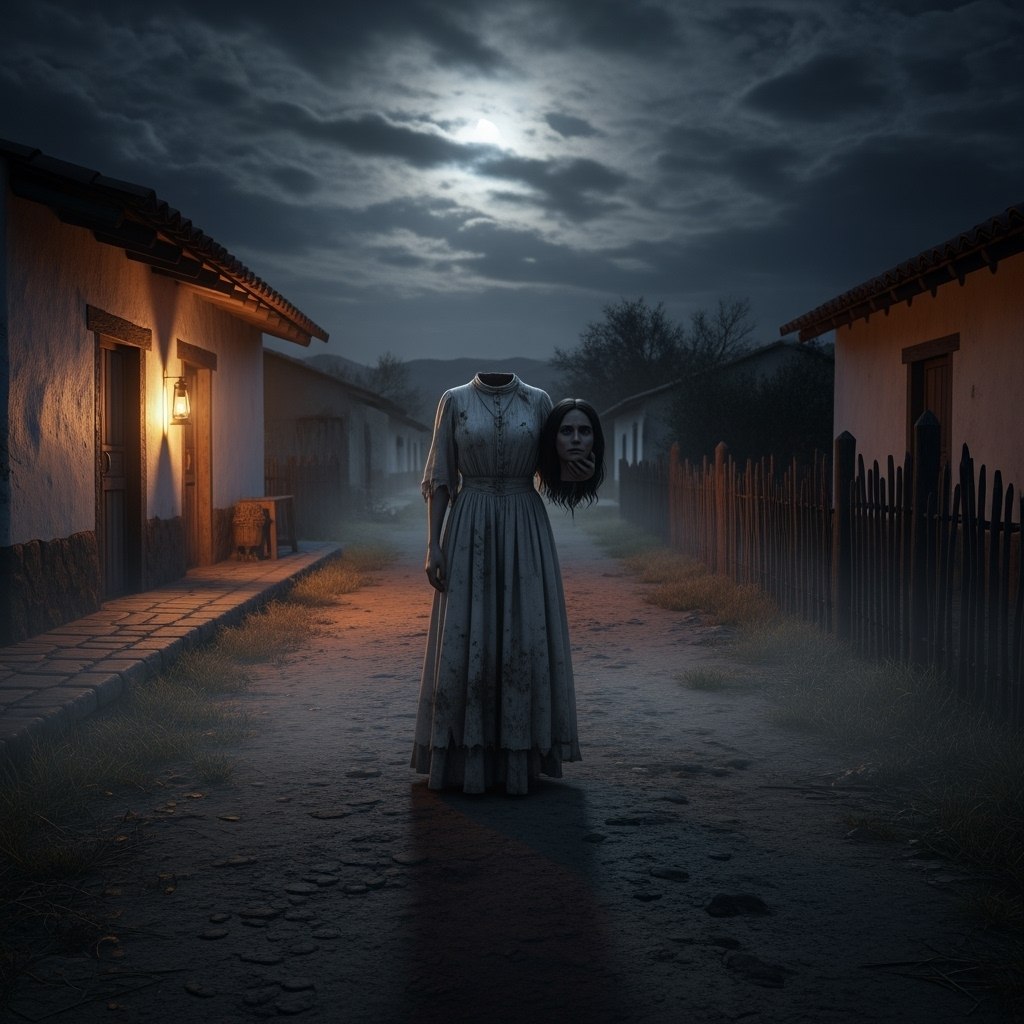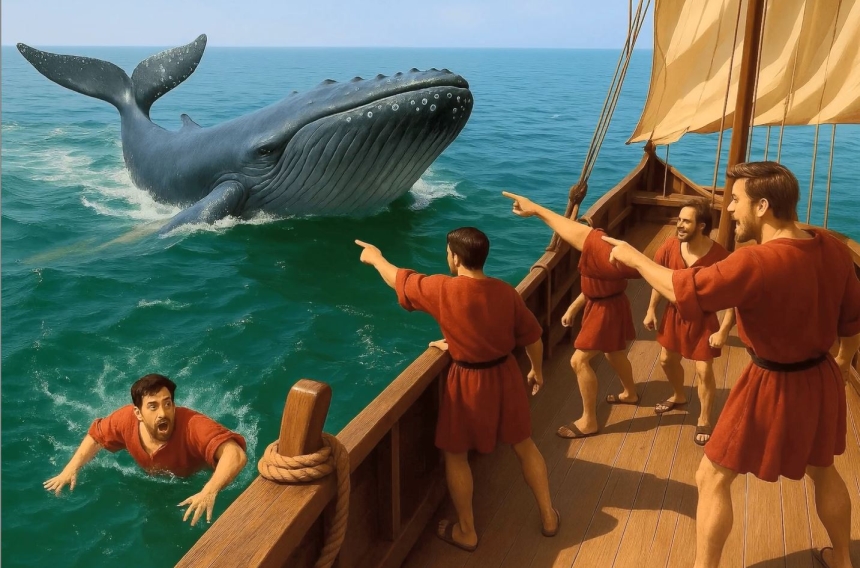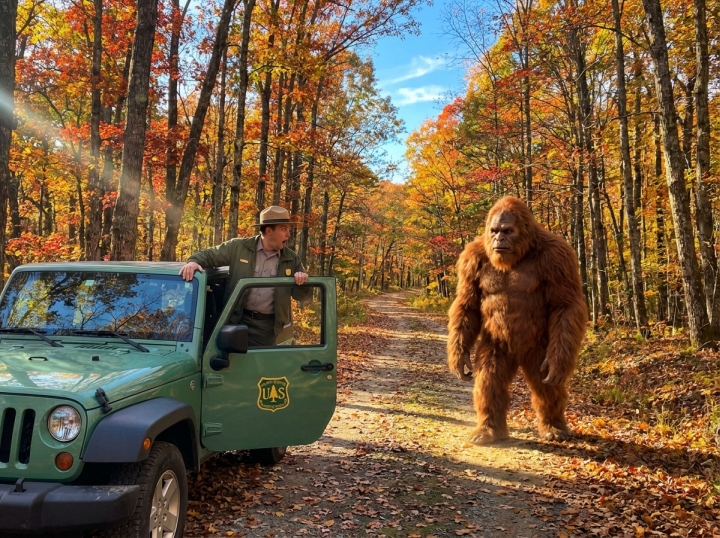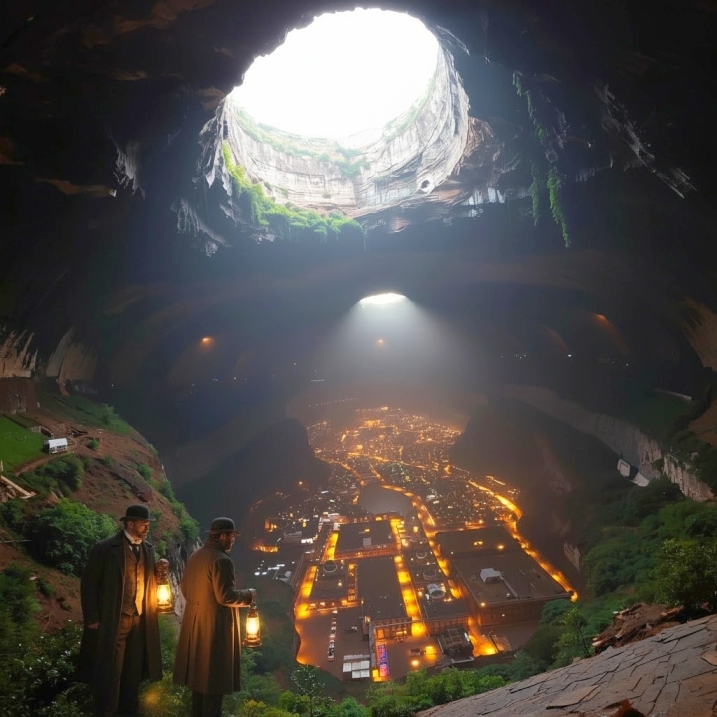
Headless Ghosts in Australia: Legends and Folklore: Australia, known for its rugged landscapes, ancient Aboriginal myths, and convict-era history, also harbors tales of the supernatural. Among these are eerie accounts of headless ghosts, spectral figures said to roam the countryside, old prisons, and remote roads. These stories often reflect the country’s colonial past, violent episodes, and tragic fate. Unlike Europe, where medieval battles and decapitation punishments are common backstories, Australia’s headless ghost legends usually stem from two key sources: Convict and Execution Stories: During the 19th century, Australia’s penal colonies witnessed hangings, beheadings, and violent deaths. Some folklore claims that convicts executed for murder or bushrangers killed by police still wander without their heads. Transport and Railway Accidents: In the early days of rail and road building, horrific industrial accidents sometimes led to decapitations. Ghost stories soon attached themselves to these places. Aboriginal Lore: Certain Aboriginal Dream time tales mention “spirit beings” who can appear dismembered or headless to warn or scare people trespassing on sacred lands.
Famous Headless Ghost Tales in Australia: The Headless Horseman of Stroud Road (New South Wales) A local legend near Stroud claims a headless rider appears on misty nights along a stretch of road. Witnesses describe a black horse galloping without sound, its rider holding no head but sometimes carrying a glowing lantern where the head should be. Locals attribute this to a convict bushranger who was shot and decapitated in the 1800s. The Headless Stockman of the Outback In parts of Queensland and the Northern Territory, stories persist of a “headless stockman” who haunts remote cattle stations. Said to be the ghost of a drover who died in a violent dispute over wages or cattle theft, the apparition allegedly rides a horse, bloodstains on its shirt, with no head on its shoulders. Aboriginal trackers and settlers alike reported sightings in the early 1900s. Fremantle Prison’s Headless Convict (Western Australia) Fremantle Prison—one of Australia’s most haunted locations—has its share of macabre stories. Guides and visitors sometimes claim to see a figure in old convict garb, stumbling through the cells without a head. The ghost is said to belong to a prisoner who died in a beheading accident while working with machinery in the 19th century. The Headless Railway Worker of Picton (New South Wales) The Picton Railway Tunnel, already famous for hauntings, has reports of a headless railway worker. In the late 1800s, a man was decapitated during construction. People say his soul appears carrying a lantern, searching for his missing head.
Headless ghosts in Australia often symbolize injustice, violence, or unfinished business. Like similar myths worldwide, the absence of a head may represent loss of identity or a soul unable to rest. In colonial Australia, decapitation (literal or symbolic) underscored the brutality of convict life, bush ranger suppression, and dangerous working conditions. They also serve as warnings—to drive carefully on lonely roads, respect historic sites, and heed sacred Aboriginal lands
While many of these stories come from the 19th and early 20th centuries, occasional modern reports pop up online. Ghost tour operators in Fremantle, Sydney, and Queensland recount visitors claiming to see “headless shapes” or feel icy air brush past them. Some paranormal groups even attempt to document these sightings with cameras and EVP recorders. Australia’s headless ghost legends endure because they merge the harsh realities of the past—convict executions, deadly accidents—with the mystery of the supernatural. They also provide a sense of continuity with other cultures’ myths (like Europe’s Headless Horseman) while remaining distinctly Australian in setting and tone.
From the headless horseman of Stroud Road to the phantom railway worker at Picton, Australia’s folklore is rich with eerie tales of ghosts who have lost their heads. These legends not only reflect the country’s grim colonial history but also highlight how people turn tragedy into stories that haunt the imagination.




